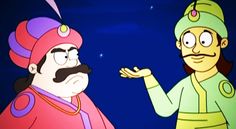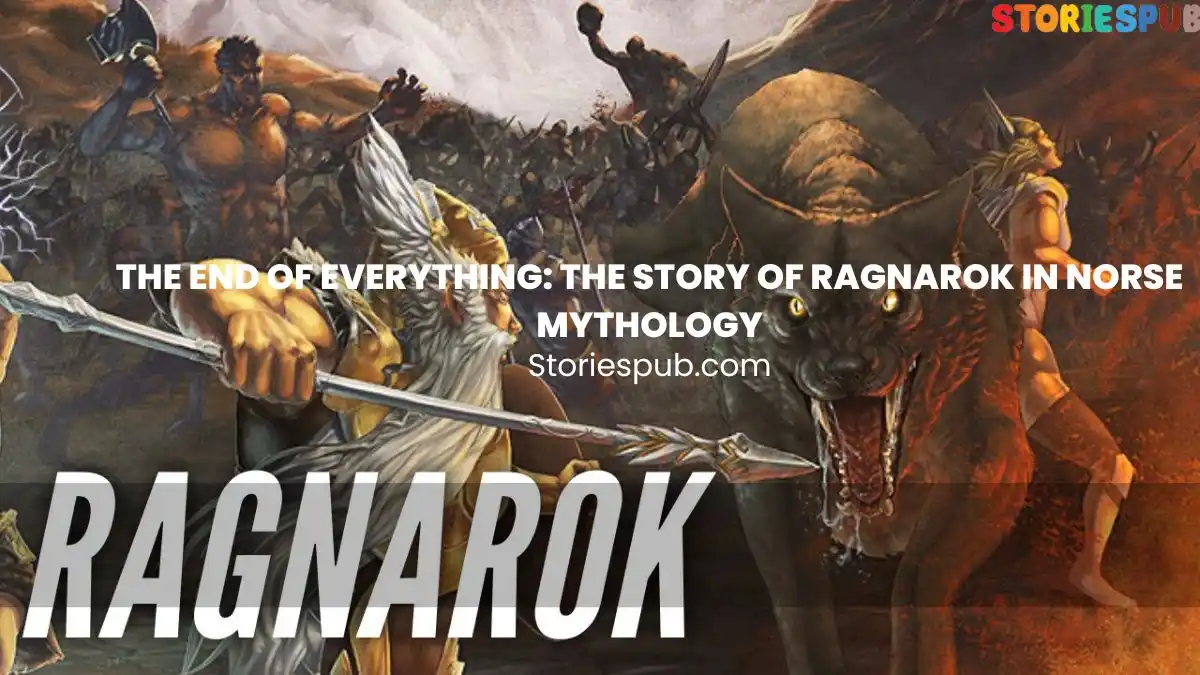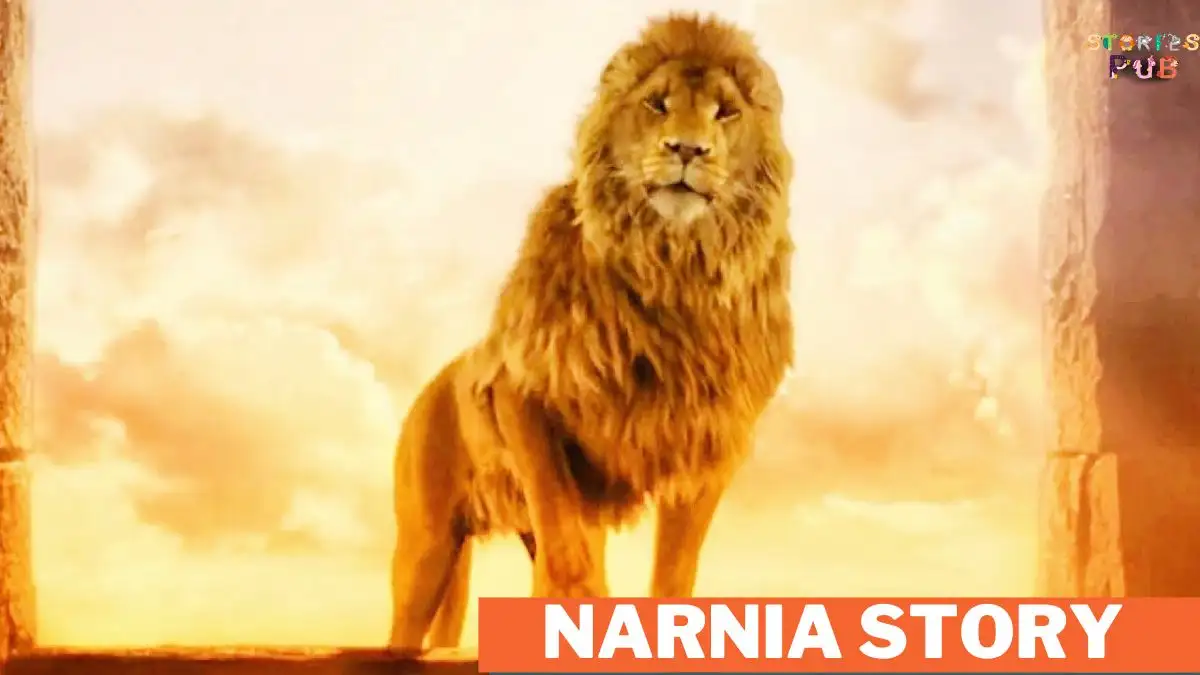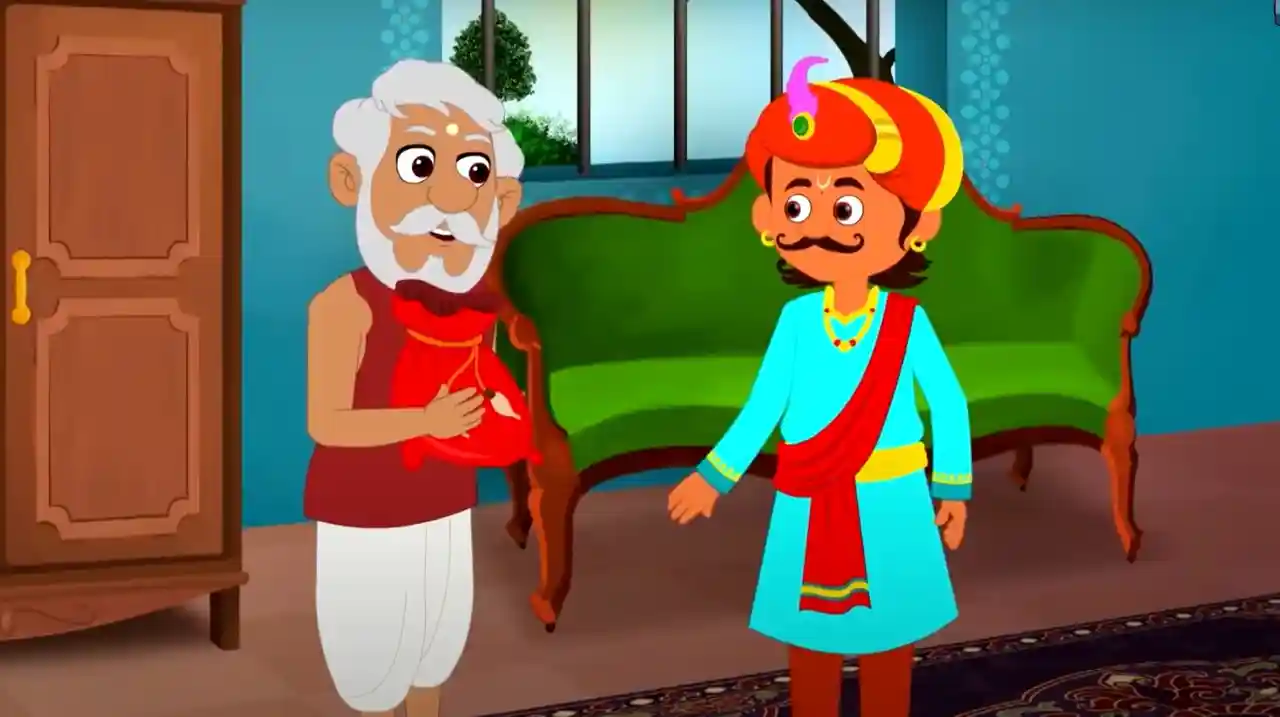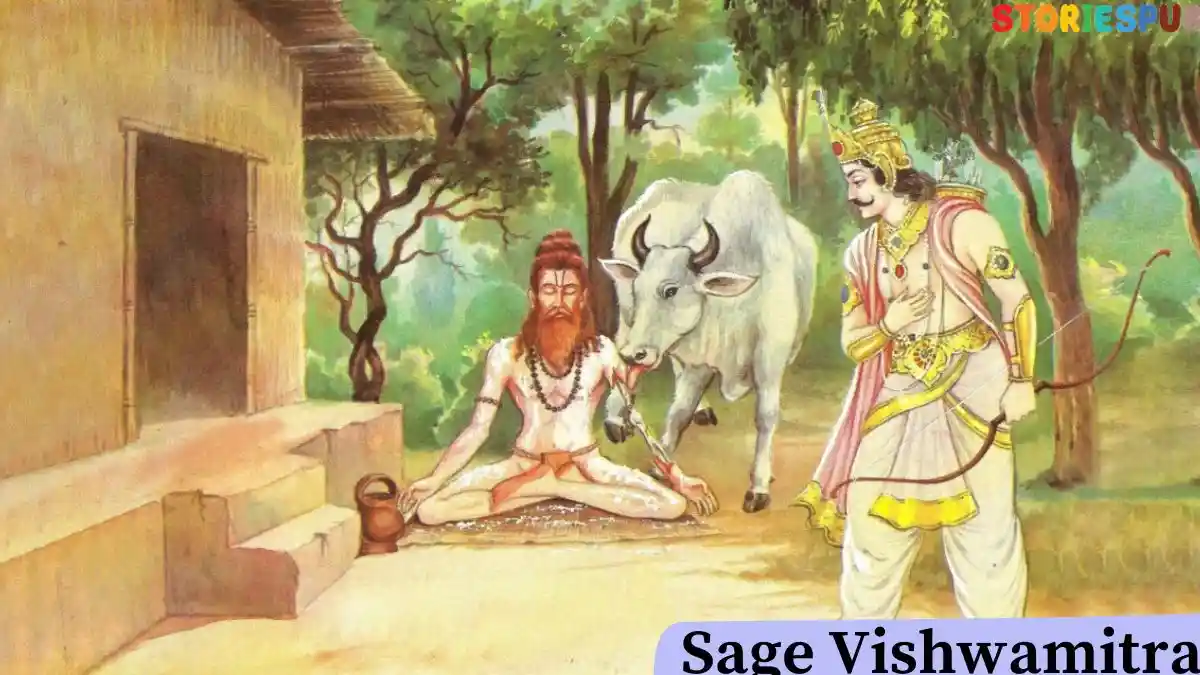The Thunderous Tale of Thor: Exploring the God of Strength

Image credit : Pinterest
Introduction
Brief overview of Norse mythology
Norse mythology is a complex system of beliefs and traditions that originated in Scandinavia during the Viking Age. These myths and legends were passed down orally for centuries before being written down in texts like the Poetic Edda and the Prose Edda.
The stories tell of powerful gods, goddesses, giants, dwarves, elves, and other mythical creatures who lived in a realm known as Asgard. The gods interacted with humans on earth and often intervened in their affairs.
Thor as one of the most popular and powerful gods
Among all the deities in Norse mythology, Thor is perhaps one of the most famous. He is known as the god of thunder, strength, and protection. Thor was worshipped by many people across Scandinavia for his ability to control weather patterns with his mighty hammer Mjolnir.
His strength was also revered by many cultures because he could lift mountains or move entire islands with ease. Throughout history, Thor has been celebrated through numerous works of art such as paintings, sculptures or comics as he has become an iconic figure both within pop culture and beyond.
His role as the god of thunder, strength, and protection
Thor’s role as a god is defined by his domain over thunderstorms which earned him several epithets such as “Thunderer” or “Storm Lord”. His association with lightning bolt made him also become affiliated with agriculture since it’s believed that rain brings bounty harvests at some periods.
As God of Strength,Thor’s physical power is unmatched among all other deities which makes him an ideal protector among them. He acts fiercely when angered but will always defend those who need help against any deadly foe whether human or supernatural.
Thor is not just feared by humans who feel his wrath but also by the giants, who he frequently battles with. This is because his strength and power are a match for these formidable foes that would otherwise be unbeatable.
Thor remains an integral part of Norse mythology and has been a popular figure in pop culture throughout history. The stories and legends surrounding him continue to inspire and captivate people around the world.
Origins and Family
Thor’s parents: Odin and Jord
In Norse mythology, Thor is the son of Odin, the chief god, and Jord, the personification of Earth. Although his mother is not as well-known as Odin, she played an important role in Thor’s upbringing.
As the goddess of Earth, Jord instilled in Thor a deep love for nature and a desire to protect it. Thor’s relationship with his father was complicated.
While he deeply respected Odin’s wisdom and leadership abilities, he often found himself at odds with him due to their differing personalities. While Odin was known for his cunning and strategic thinking, Thor was hot-headed and impulsive.
Siblings: Baldr, Hodr, Hermod, Tyr, Bragi, Heimdallr, Vidar
Thor had many siblings – some of whom were gods like him while others were not. His most famous sibling was Baldr – the god of light and purity who was beloved by all except Loki who tricked Hodr into killing him. Other notable siblings include Hermod – a messenger god who rode Sleipnir (Odin’s eight-legged horse), Tyr – the god of war who lost his hand to bind Fenrir (a giant wolf) when it was prophesized that he would destroy all gods during Ragnarok (the end times), Bragi – the god of poetry who composed tales of battles and love stories among gods in Valhalla (the afterlife for those slain in combat), Heimdallr – who guarded Bifrost (the rainbow bridge that connected Asgard to Midgard), Vidar – a son born out of revenge against Fenrir for killing Tyr’s hand.
Marriage to Sif
Sif was a goddess associated with earth and crops. She is known as the wife of Thor, and the two had a happy marriage. Sif was known for her beautiful long golden hair; however, Loki cut it off as part of one of his many schemes.
Thor was enraged when he found out and threatened to kill Loki unless he made amends by bringing her new hair made out of gold. Loki then went to the dwarfs and asked them to create new hair for Sif.
The dwarfs created not only new locks of golden hair but also three magical objects: Skidbladnir (a ship that could be folded up like cloth), Gungnir (Odin’s spear), and Mjolnir (Thor’s hammer). With these items in hand, Loki returned to Asgard and presented them as gifts from the dwarfs to Thor, Odin, and Sif.
Appearance and Personality
Thor is known for his striking physical description, with his red hair, beard, and muscular build. As a symbol of male strength and power, Thor’s imposing appearance was highly revered in Norse mythology. His red hair was seen as an indication of his fiery personality and strong emotions.
In addition to his physical appearance, Thor’s personality traits were equally as important. He was known to be hot-headed and impulsive, often acting on instinct rather than careful thought.
This made him prone to making rash decisions that sometimes resulted in dire consequences for those around him. Despite his fiery temperament, Thor remained loyal and honorable to those he cared about.
He stood by his allies in times of need and protected them from harm whenever possible. This unwavering loyalty made him a beloved figure among the gods and mortals alike.
The Importance of Physical Appearance
In Norse mythology, physical appearance served as an important symbol of power and status. The gods were often depicted as larger-than-life figures with imposing physiques and distinctive features that set them apart from mortals.
For Thor specifically, his muscular build was seen as an embodiment of strength – both physical and emotional. His fiery red hair also played a crucial role in shaping how he was perceived by others – it served as a visual representation of his passionate nature.
The Complexities of Personality
While Thor’s hot-headedness may have made him difficult to work with at times, it was also one of his defining characteristics. His impulsiveness allowed him to act quickly in dangerous situations when others might hesitate or falter.
At the same time, though, it is worth noting that Thor’s actions were not always justified – some might even say they bordered on reckless or irresponsible. His willingness to act on emotion rather than reason could be seen as a weakness as much as a strength.
Loyalty Above All Else
Despite his flaws, Thor’s loyalty to those he cared about was unwavering. He would go to great lengths to protect his allies from harm and ensure their safety, even if it meant putting himself in danger.
This sense of loyalty is one of the reasons why Thor remains such a beloved figure in Norse mythology. His fierce dedication and willingness to put others before himself serve as an inspiration for us all – reminding us that true strength is not just about physical power, but also emotional fortitude.
The Importance of Balancing Emotion and Reason
Overall, Thor serves as a reminder that there must be a balance between emotion and reason. While his fiery passion may have made him an effective warrior, it also caused him to make mistakes at times.
In our own lives, we too must strive for this balance – allowing ourselves the freedom to feel deeply while also exercising caution and thoughtfulness in our decisions. By doing so, we can become like Thor – strong, passionate, and fiercely loyal to those we hold dear.
Powers and Abilities
Thor is known as one of the most powerful gods in Norse mythology, possessing a range of incredible powers and abilities that make him nearly invincible on the field of battle. In this section, we will explore some of his most impressive traits and discuss how they have helped him to achieve great feats throughout his mythological adventures.
Mjolnir: Thor’s Magical Hammer
Perhaps the most iconic symbol associated with Thor is his magical hammer, Mjolnir. According to Norse mythology, Mjolnir was created by the dwarven brothers Sindri and Brokkr at the request of Loki. The hammer was given to Thor as a gift from Odin and has since become an irreplaceable tool for the god of thunder.
Mjolnir is not just a weapon; it has a number of magical properties that make it incredibly useful for Thor. For example, only Thor can wield Mjolnir effectively; no other being in the universe can lift or hold it.
Additionally, Mjolnir allows Thor to fly through the air at great speeds, making him nearly untouchable in combat. When thrown by Thor, Mjolnir always returns to its owner’s hand.
Control Over Thunderstorms and Lightning
As befits his role as god of thunder, Thor has complete control over thunderstorms and lightning bolts. This means that he can summon lightning bolts at will or direct them toward specific targets with deadly accuracy. He can also create powerful gusts of wind or cause rainstorms to form out of nothing.
This power has made Thor an incredibly valuable ally in battles against giants or other enemies who rely on brute strength alone. By using his control over storms to confuse or disorientate opponents while unleashing lightning strikes on them from above, he can quickly turn the tide of any conflict.
Superhuman Strength and Endurance
Thor is renowned for his incredible physical strength and endurance. As one of the mightiest gods in Norse mythology, he has the power to lift mountains, destroy entire cities with a single blow, and even knock down buildings just by stamping his foot. In addition to his raw strength, Thor also has an incredible amount of endurance.
He can fight for days without tiring or succumbing to wounds that would incapacitate lesser warriors. This has made him an invaluable asset in battles where stamina is just as important as strength.
Conclusion: The Power of Thor
Thor’s powers and abilities make him one of the most formidable figures in all of mythology. With the ability to control storms, wield Mjolnir with deadly accuracy, and possess superhuman strength and endurance, he is nearly unbeatable on the field of battle. This is why he remains such a popular figure today – despite having been part of Norse mythology for centuries, his exploits continue to inspire awe and wonder even today.
Adventures and Battles
Defeating Giants such as Hrungnir and Geirrod
Thor was known to be a fierce fighter who could take on any enemy that crossed his path. His battles against the giants were legendary, and he had slain many of them in his time. One such giant was Hrungnir, who challenged Thor to a duel.
The giant was arrogant and believed that he would defeat Thor easily. However, Thor proved him wrong by defeating him with ease.
Another giant that Thor defeated was Geirrod. The giant had tricked Thor into coming to his lair under the pretense of wanting to make peace.
However, Geirrod’s true intentions were revealed when he tried to kill Thor with molten iron. Nevertheless, Thor managed to overcome this challenge as well and killed the giant.
Battles Against Other Gods Such as Loki and Jormungandr
Thor’s adventures were not just limited to battles against giants; he also had several conflicts with other gods in Norse mythology. One such god was Loki, who constantly created mischief and trouble for everyone around him.
Thor versus Jormungandr:
Jormungandr, also known as the Midgard Serpent, is a giant serpent that encircles the world. It is one of Loki’s children and is prophesied to fight Thor during Ragnarok, the end of the world. In one story, Thor goes fishing with the giant Hymir, and he attempts to catch Jormungandr. Using an ox-head as bait, Thor manages to hook the serpent, and an epic struggle ensues. Hymir, terrified by the monstrous creature, cuts the fishing line, allowing Jormungandr to escape. Thor and Jormungandr are destined to face each other again during Ragnarok, where Thor will kill the serpent but will also succumb to its venom.
Thor and Loki in Utgard:
In this story, Thor, accompanied by Loki and two human companions, Thjalfi and Roskva, venture into the land of the giants, called Jotunheim. They eventually reach the stronghold of Utgard, where the giants trick them into participating in a series of seemingly impossible challenges. Thor is challenged by the giant king, Utgard-Loki, to perform various tasks, including lifting a giant cat, drinking from a horn, and wrestling with an old woman. Thor fails in all these tasks, but later it is revealed that these challenges were illusions created by the king’s magic. In each task, Thor was unknowingly pitted against forces of nature, such as the World Serpent, the ocean, and old age itself. Although Thor did not defeat other gods in this story, he demonstrated his strength and tenacity against the giants.
Thor versus Hrungnir:
Hrungnir is a mighty giant who once challenged Odin to a horse race. After losing the race, Hrungnir is invited to dine in Asgard, where he becomes drunk and starts causing chaos. The gods decide to summon Thor to deal with Hrungnir. Thor and Hrungnir engage in a fierce battle, with Hrungnir wielding a massive whetstone as a weapon. Thor hurls Mjolnir at Hrungnir, shattering the whetstone and killing the giant. A piece of the whetstone gets lodged in Thor’s head, causing him great pain, but he emerges victorious.
Æsir-Vanir War:
The Æsir-Vanir War began when the Vanir goddess, Gullveig, visited the Æsir’s territory. Gullveig was a sorceress who practiced the dark art of seidr, a form of magic that the Æsir gods found repulsive. The Æsir tried to kill Gullveig by burning her three times, but she was reborn each time, which angered the Vanir gods. The Vanir gods believed the Æsir had broken the peace and declared war.
The war was long and brutal, with both sides suffering heavy losses. Thor, as the god of thunder and one of the strongest warriors of the Æsir, played a crucial role in the battles. Using his mighty hammer Mjolnir, Thor struck down many Vanir gods and their allies.
After years of warfare, both the Æsir and the Vanir gods grew weary and decided to negotiate peace. As a symbol of their truce, they exchanged hostages. The Vanir sent their wise gods, Njord, Freyr, and Freyja, to live among the Æsir, while the Æsir sent Mimir, the god of wisdom, and Hoenir, a noble warrior, to the Vanir.
Quests To Retrieve Lost Items Such As His Stolen Hammer or The Cauldron Of Hymir
One of Thor’s most famous quests was to retrieve his stolen hammer, Mjolnir. The hammer had been stolen by the giant Thrym, who demanded that Freyja be brought to him in exchange for its return.
However, Thor managed to get his hammer back by disguising himself as Freyja and attending the meeting with Thrym. Another quest that Thor undertook was to retrieve the magical cauldron of Hymir.
The cauldron had the power to provide an endless supply of food and drink, and was highly sought after by both gods and giants alike. Thor managed to convince Hymir to give him the cauldron by displaying his immense strength through various feats, such as lifting a massive boulder.
Through these battles and quests, Thor proved himself to be a formidable warrior with an unbreakable spirit. His bravery and strength continue to inspire people even today.
Legacy
Thor’s legacy has stood the test of time, inspiring countless stories, films, books, and comics around the world. His heroic exploits have been passed down from generation to generation for centuries. In Norse mythology, Thor represented not just physical strength but also moral fortitude – he embodied virtues such as loyalty, courage, honor and justice.
He was a protector of both gods and men alike – someone who would stand up against any challenge or threat that came his way. Today we see references of Thor in popular culture.
From Marvel’s comic book character which has a huge following around the world thanksnto Chris Hemsworth’s portrayal in movies like “Thor” (2011), “The Avengers,”(2012) or “Ragnarok”(2017). Overall,Thor remains one of Norse mythology’s most beloved characters – an archetype of bravery, loyalty,honor along with being godly strong.As long as stories are told about heroes who embody such virtues, Thor’s legacy will continue to inspire and endure.
The Influence of Thor in Norse Mythology and Beyond
As one of the most popular gods in Norse mythology, it is no surprise that Thor’s influence can be found beyond the pages of ancient texts. His image has been used in popular culture, such as Marvel’s depiction of him as a superhero in films and comics. In addition, his impact can also be seen in the names given to days of the week – Thursday, which is named after him (Thor’s Day).
His heroism and bravery have inspired many throughout history and his representation as the protector against evil has resonated with people across cultures even today. The story of Thor slaying the Midgard serpent symbolizes triumph over evil forces that threaten to destroy everything we hold dear.
The Cultural Significance Of Thor
In Scandinavia, Thor was widely worshipped for his role as a protector against natural disasters like thunderstorms and other calamities. The Hammer, Mjolnir was carried by Viking warriors into battlefields to ensure victory because it was believed that Thor would watch over them during their battles helping them emerge victorious.
Today there remains an enduring interest surrounding this powerful god’s mythos. From Marvel’s blockbuster films to video games such as God of War on Playstation 4 which depicts a brutal yet honorable version of Kratos who battles mythical creatures using an axe forged by Brok & Sindri also offer glimpses into how mythology continues to captivate audiences through new mediums.
Thor’s Role In Modern Culture
The cultural significance associated with Thor is not limited only within Scandinavia or Europe; instead, it has spread worldwide along with the rise in popularity due to Marvel’s depiction of him as a superhero whose strength knows no bounds. Many modern-day references are made about this god across various forms such as movies, TV shows, comics, and video games, to name a few. Thor’s representation as a protector against evil has resonated with people across cultures.
Thor’s portrayal in popular culture has helped keep the tales of Norse mythology alive and relevant even outside of academia. The lasting impact of his stories is a testament to the power of myths and legends throughout history.
Conclusion
Thor may be known as the god of thunder, strength, and protection but he is much more than that. His heroic adventures are filled with lessons on loyalty, bravery, duty, and honor.
Through his battles against giants and other gods alike, Thor showed that it was possible to overcome seemingly insurmountable odds by drawing upon one’s inner strength. His legacy remains strong today through various means such as movies and TV shows that depict his mythos in new ways.
Whether it is through Marvel or Norse mythology texts themselves which have inspired a generation of writers seeking to tell similar stories about gods or mortals battling against mystical beasts known only from legend or folktales. With this god’s enduring legacy across time periods ranging back thousands upon thousands of years ago all the way up until now; we see how powerful storytelling can be when used effectively – even transcending different cultures globally – thus providing modern-day audiences with hours upon hours worth exploring myths about heroes who have stood the test of time.
Hey kids, how much did you like The The Thunderous Tale of Thor: Exploring the God of Strength ? Please share your view in the comment box. Also, please share this story with your friends on social media so they can also enjoy it, and for more such Norse Mythology, , please bookmark storiespub.com.
Related Post :
Thor FAQ
Who is Thor in the Marvel Cinematic Universe (MCU)?
Thor is a fictional superhero appearing in American comic books published by Marvel Comics. He was created by writer Stan Lee, developed by Larry Lieber and designed by Jack Kirby. In the MCU, Thor is portrayed by actor Chris Hemsworth and is a member of the Avengers.
hat is Thor's weapon called?
Thor's primary weapon is a magical hammer called Mjolnir, which is said to be indestructible and can only be wielded by those who are worthy.
What is Thor's home world?
Thor's home world is Asgard, which is one of the Nine Realms in Norse mythology and is ruled by Odin, Thor's father.
What are Thor's powers?
Thor has superhuman strength, agility, and durability, and he can summon lightning and control the weather. He is also skilled in hand-to-hand combat and is an expert in using Mjolnir.
Who are Thor's enemies?
Thor has faced many enemies over the years, including his adopted brother Loki, the Frost Giants, the Enchantress, Malekith the Dark Elf, and Thanos.
What is Thor's relationship with Loki?
Thor and Loki are adopted brothers. While they have a complicated relationship and have often been at odds with each other, they have also shown that they care for each other.
What is Thor's role in the Avengers?
Thor is one of the founding members of the Avengers and has played a significant role in many of their missions, including fighting against the Chitauri invasion in the first Avengers movie.
Who is Thor's love interest?
In the MCU, Thor's primary love interest is Jane Foster, played by Natalie Portman.
What is the significance of Thor's hammer?
Mjolnir is not just a weapon but also a symbol of Thor's power and worthiness. It has been used in many stories as a tool to help Thor understand his own character and limitations.
What is Thor's real name?
Thor's full name is Thor Odinson, as he is the son of Odin, the ruler of Asgard.







